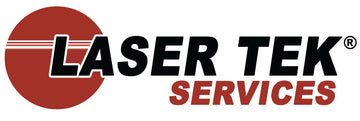Printers runs on a software that defines the parameters on what it can deliver. It includes a program that allows users to print series of documents one at a time, called queueing.
Even though the program is fool proof, it is not perfect and can cause the printer not to print at all. A struck print job could be behind a queueing malfunction. Although the software is provided with an escape mechanism, configured by clearing printer queue, it sometimes fails to delete the stuck document. The user is left to clear the print queue manually. And to resume printing the steps to manually clear the print queue in Windows is detailed as follows:
- Click the ‘Start’ button in the control panel and select Administrative Tools. Proceed down and double click on the Services icon.
- Log in first as the Administrator otherwise the program will not respond. Continue scrolling down up to the Print Spooler service, right click on it and select Stop. Once the Stop icon is activated, no documents will be printed at this point on. It involves all printers connected to this server.
- The next step is to access the following directory: C:\WINDOWS\System32\spool\PRINTERS. Or can be approached differently by typing %windir%\System\spool\PRINTERS into the address bar in Explorer if the C drive is not the default in Windows partition. This should all delete the files appearing in the folder.
- After all files have been deleted retrace and proceed to the Service console. Right click and pick Start to activate the Print Spooler service.
At this point clearing printer queue is complete and printing can proceed without any problem. If a script is preferred for a server, create a batch file by following the commands listed below or just type it into the command prompt.
net top spooler
del %systemroot%\System32\spool\printers\*/Q /F /S
net start spooler
The first and third commands are self-explanatory: the command stops and start the print spooler service. The second command deletes everything in the printer’s folder. The/Q is for a quiet mode, and means prompt is no longer available when a request is made to delete each file. /F will force to delete all read-on files only. /S should delete any subdirectories included in the file. Take note that deleting content from this folder can never harm the computer.
The process of clearing printer queue is simple. The commands are clearly stated and need to be followed accurately.





